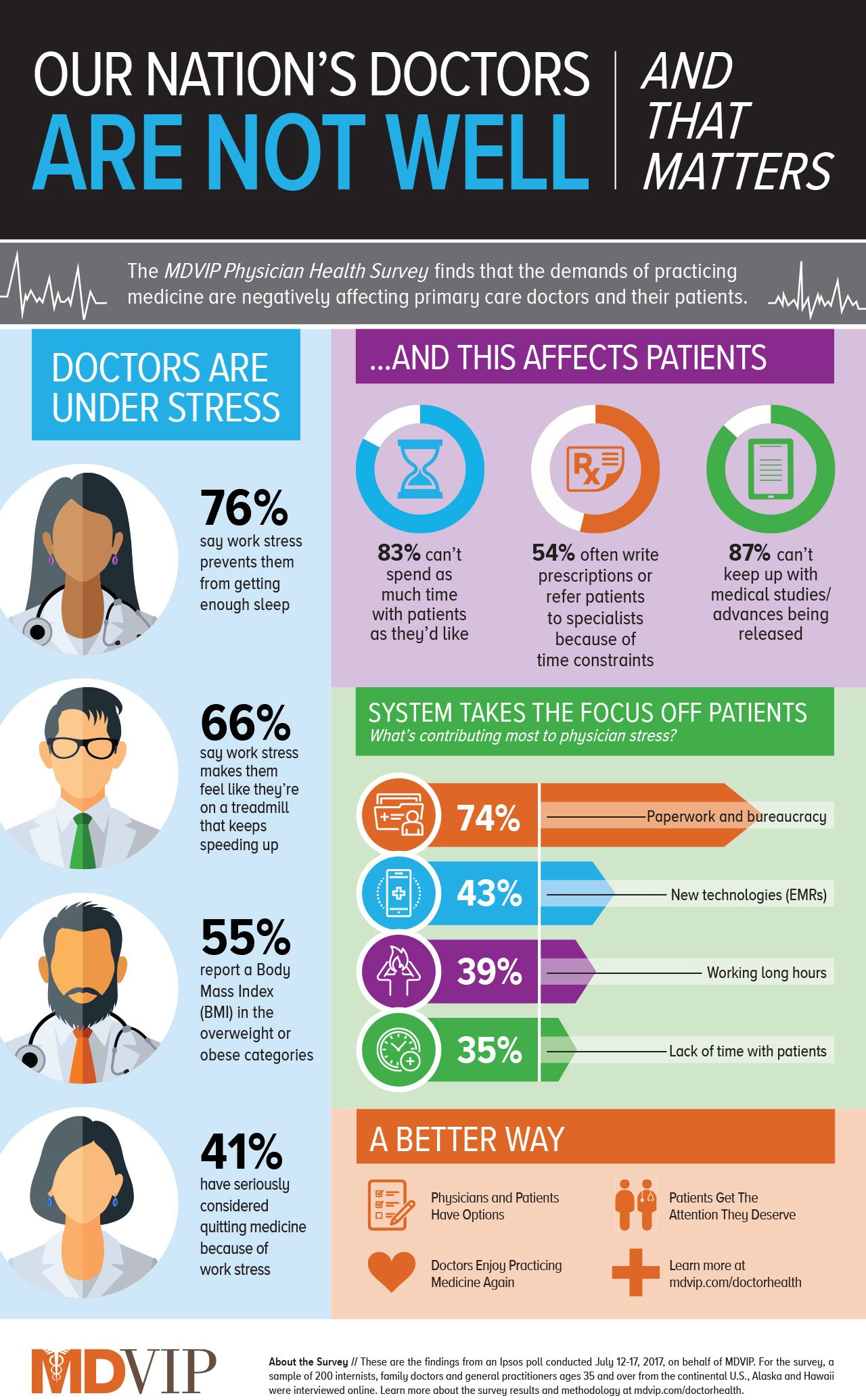Surgery May Be Necessary To Treat The List Below Sorts Of Hernias:

Web Content Writer-Gentry Thuesen
* Inguinal rupture: A protrusion of cells with a damaged location in the stomach wall surface, usually on one side of the groin.
* Hiatal hernia: A protrusion of the stomach via the diaphragm and right into the chest tooth cavity.
* Umbilical rupture: A bulge near the stubborn belly switch that takes place when a weakened area in the stomach wall surface permits fat or various other cells to press with.
* Ventral hernia: A bulge that takes place when a damaged area in the abdominal wall allows fat or various other tissue to press through, often near a previous surgical incision.
* Incisional rupture: A bulge that happens when a damaged location in the stomach wall enables fat or other cells to push through, often near a previous surgical cut.
It is very important to keep in mind that not all ruptures call for surgery, but these types do. If you think you have a hernia, it is very important to get in touch with a medical care professional for correct medical diagnosis and therapy.
So, you have actually been experiencing some pain lately, and after a comprehensive exam, your medical professional has identified that you have a rupture. Now, prior to you begin stressing, it's important to comprehend that not all ruptures need surgical treatment.
Nevertheless, there are particular kinds that do, and that's what we're right here to review. From inguinal hernias to umbilical hernias and even hiatal ruptures, every one provides its own one-of-a-kind difficulties and considerations.
But allow's not be successful of ourselves just yet. We'll study the specifics soon sufficient.
Inguinal Ruptures
If you're experiencing pain and pain in your groin location, you may have an inguinal hernia that needs medical intervention. https://telegra.ph/Checking-Out-The-Conveniences-Of-Rupture-Surgical-Treatment-Mesh-Everything-You-Required-To-Know-06-05 occurs when a part of the intestinal tract or fatty tissue pushes through a weak spot in the inguinal canal, which is located in the lower abdomen.
This sort of hernia is a lot more typical in males than females and can be caused by elements such as heavy lifting, stressing during defecation, or persistent coughing. Symptoms of an inguinal rupture consist of a lump in the groin location, pain or discomfort when coughing or lifting, and a sensation of pressure or weakness in the groin.
If left untreated, an inguinal rupture can lead to problems such as bowel obstruction or strangulation, which is why medical treatment is required to fix the hernia and avoid more issues.
Umbilical Hernias
Do you recognize what an umbilical hernia is and how it can be dealt with surgically?
An umbilical rupture occurs when a part of the intestinal tract or stomach cells protrudes with a vulnerable point in the stomach wall surface near the tummy switch.
If you have an umbilical rupture that requires surgical treatment, below are 3 treatment options to think about:
- Hernia repair surgery: This is one of the most common treatment for umbilical ruptures. Throughout the procedure, the specialist will certainly make a laceration near the hernia and push the extending cells back right into location. They'll then enhance the abdominal wall surface using stitches or a mesh patch.
- Laparoscopic surgical treatment: In many cases, a minimally invasive technique called laparoscopic surgical procedure may be used. This technique involves making small cuts and making use of a cam and specialized devices to repair the rupture.
- Open surgery: In more complicated cases, open surgical treatment might be essential. This involves making a bigger cut to access and repair the hernia.
Hiatal Ruptures
A hiatal rupture occurs when part of the belly protrudes through the diaphragm right into the chest tooth cavity. https://www.natlawreview.com/article/are-you-pain-after-hernia-surgery of hernia is reasonably common and typically calls for surgical intervention.
Hiatal ruptures can be categorized right into two primary kinds: moving and paraesophageal hernias. Gliding ruptures are one of the most common and happen when the lower part of the esophagus and the top of the stomach slide up into the upper body with the hiatus, a tiny opening in the diaphragm.
On the other hand, paraesophageal ruptures are much less usual but extra extreme. In this type, a section of the tummy presses with the hiatus along with the esophagus, triggering possible issues like stomach volvulus or strangulation.
Surgical fixing is usually needed to deal with hiatal ruptures and relieve signs such as heartburn, breast discomfort, and problem swallowing.
Final thought
So there you have it, the various types of ruptures that require surgical intervention.
One example of a rupture case that called for surgical treatment is John, a 45-year-old guy who struggled with an inguinal hernia. Regardless of his initial discomfort and worry, John opted for medical intervention.
The procedure achieved success, and he experienced a complete recuperation, enabling him to go back to his typical activities without any additional complications.
Remember, it's important to talk to a healthcare professional if you presume you might have a hernia that calls for surgical therapy.

